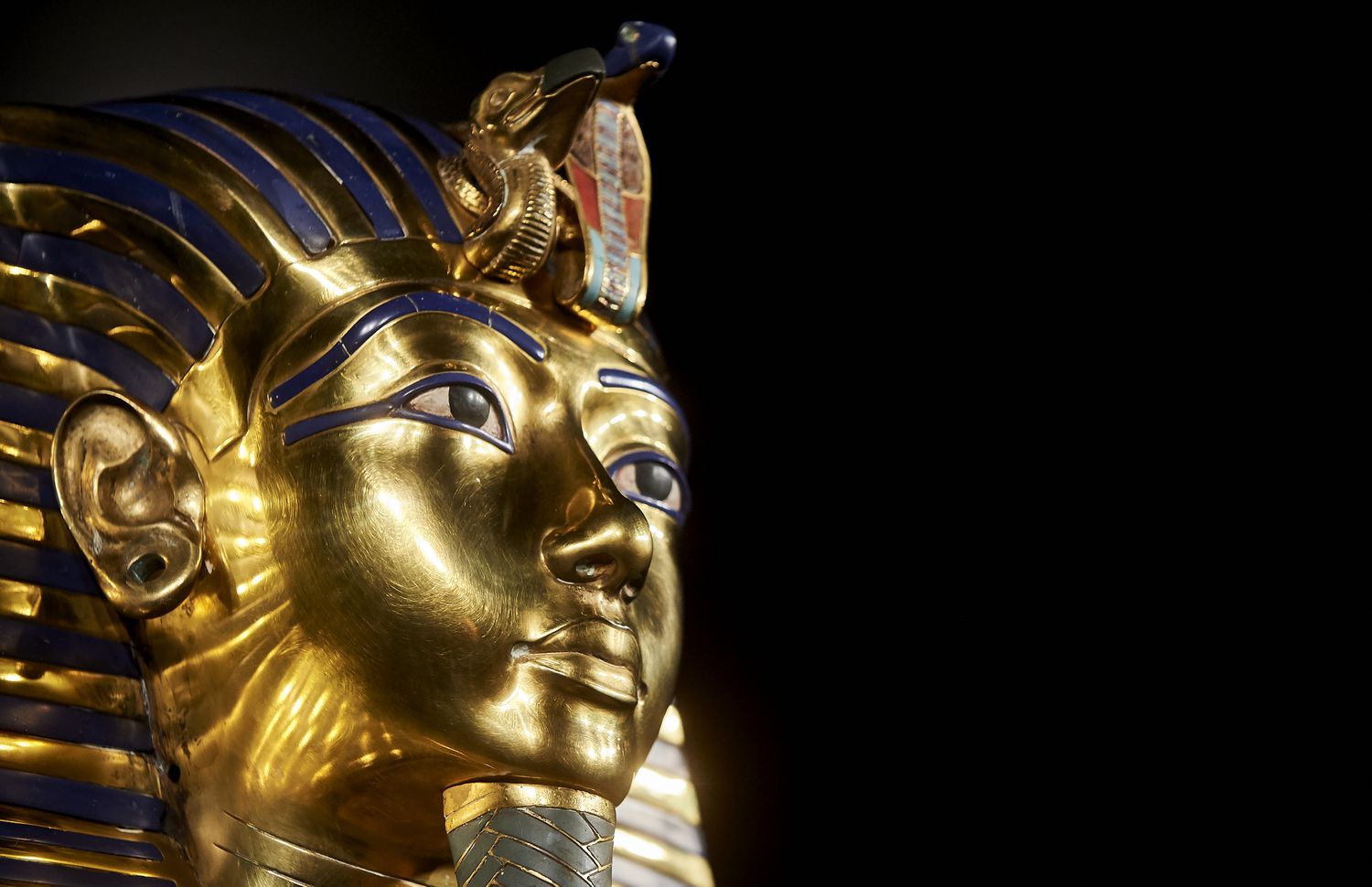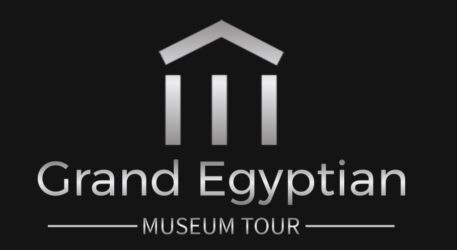
In the annals of ancient Egyptian history, few figures loom as large as Ramses II. Often referred to as Ramses the Great, he was one of Egypt’s most renowned pharaohs, leaving an indelible mark on the land of the Nile and shaping the course of the ancient world. In this blog post, we will explore the life, achievements, and lasting legacy of Ramses II, shedding light on his remarkable reign and his contributions to art, architecture, and the preservation of Egyptian culture.
- The Life and Reign of Ramses II:
Ramses II, born around 1303 BCE, ascended to the throne of Egypt as the third pharaoh of the Nineteenth Dynasty at the tender age of 25. His reign lasted an astonishing 66 years, making him one of the longest-reigning pharaohs in history. During his rule, Ramses II demonstrated exceptional leadership skills, political acumen, and military prowess, consolidating Egypt’s power and expanding its borders.
- Military Exploits and Diplomacy:
Ramses II’s military campaigns played a significant role in shaping his legacy. He conducted numerous military expeditions, most notably the Battle of Kadesh against the Hittites, a clash that became one of the largest chariot battles in recorded history. While the battle ended in a stalemate, Ramses II skillfully negotiated a peace treaty, ensuring stability in the region and establishing a precedent for diplomatic solutions in international conflicts.
- Architectural Marvels: Temples and Monuments:
Ramses II was a prolific builder, commissioning numerous architectural marvels throughout Egypt. Among his most famous constructions are the temples of Abu Simbel, dedicated to the gods Amun-Ra, Ra-Horakhty, and Ptah. The colossal statues at the entrance of the temple, depicting Ramses II, stand as iconic representations of his divine and kingly status.
Additionally, Ramses II undertook ambitious building projects in the city of Thebes, modern-day Luxor. The Ramesseum, his mortuary temple, and the Temple of Luxor bear witness to his architectural vision, adorned with intricate reliefs and hieroglyphic inscriptions that chronicle his reign and divine lineage.
- Cultural and Artistic Patronage:
Ramses II’s reign was characterized by a flourishing of art, literature, and cultural expression. He was a patron of the arts, fostering creativity and commissioning numerous sculptures, reliefs, and monumental works that celebrated Egyptian mythology, history, and religious beliefs. The exquisite reliefs in his temples depict grand processions, victorious battles, and scenes from everyday life, providing valuable insights into ancient Egyptian society.
- Legacy and Impact:
Ramses II’s legacy extends far beyond his lifetime. His military achievements and diplomacy ensured Egypt’s stability and secured its borders, allowing the civilization to prosper for generations. His architectural wonders continue to awe and inspire visitors from around the world, showcasing the grandeur of ancient Egypt’s monumental architecture.
Furthermore, Ramses II’s legacy is also preserved through his children and descendants. His extensive family tree played a pivotal role in shaping Egypt’s future ruling dynasties, ensuring a continuation of his bloodline and influence long after his death.

